In the natural world, some animals carry more than just their charm. Many creatures harbor pathogens that can wreak havoc on human health, often without showing signs of illness. From the exotic to the everyday, here’s a list of 14 animals with a dangerous track record of transmitting deadly diseases to humans.
1. Rats: The Infamous Plague Spreaders
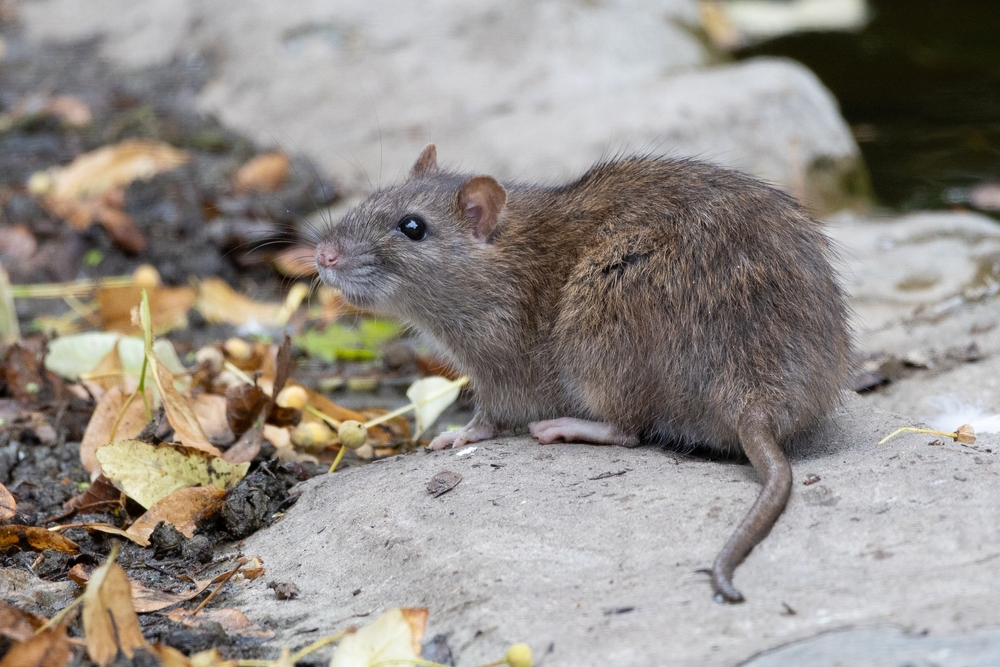
Rats are synonymous with the bubonic plague, but their role as disease vectors doesn’t stop there. These rodents can carry hantavirus, leptospirosis, and even salmonella. Their adaptability makes them particularly dangerous—they thrive in urban and rural areas alike, bringing disease closer to home than you’d like to imagine.
2. Bats: Winged Hosts of Viral Nightmares
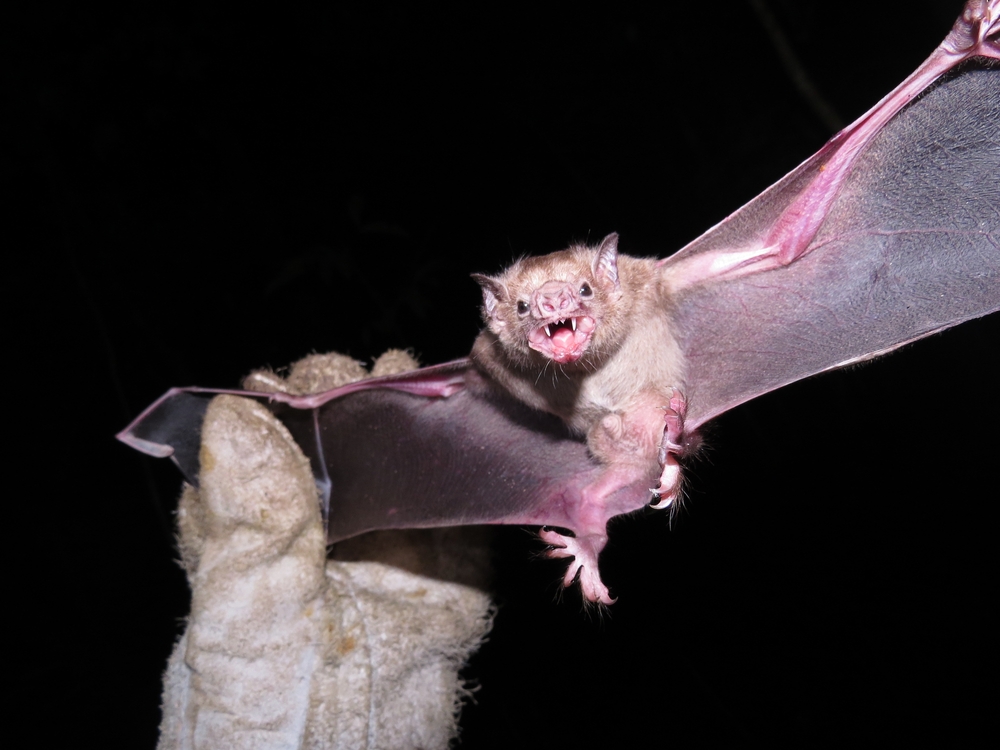
Bats are fascinating creatures, but they’re also reservoirs for some of the deadliest viruses, including rabies, Nipah, and Marburg. They were also implicated in the spread of SARS and likely played a role in the COVID-19 pandemic. Their ability to host pathogens without falling ill themselves makes them biological enigmas—and a serious threat.
3. Mosquitoes: The World’s Deadliest Animal
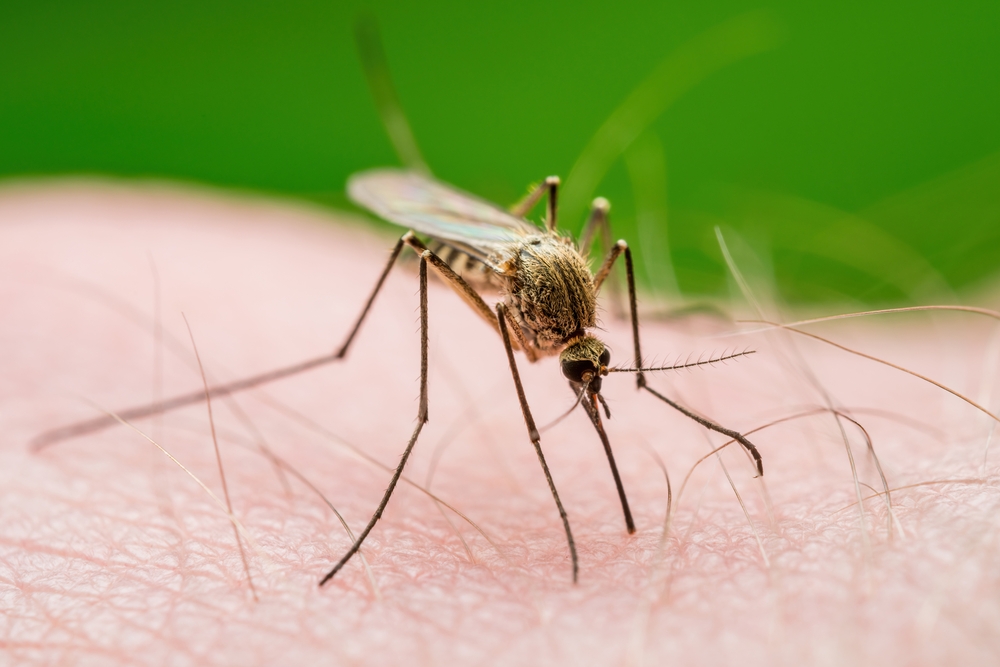
As tiny as they are, mosquitoes are responsible for more human deaths than any other animal. They’re vectors for malaria, dengue fever, Zika virus, and West Nile virus, among others. Found nearly everywhere on Earth, these buzzing menaces are a constant reminder of how small size doesn’t equal small danger.
4. Ticks: Nature’s Little Parasite Problem
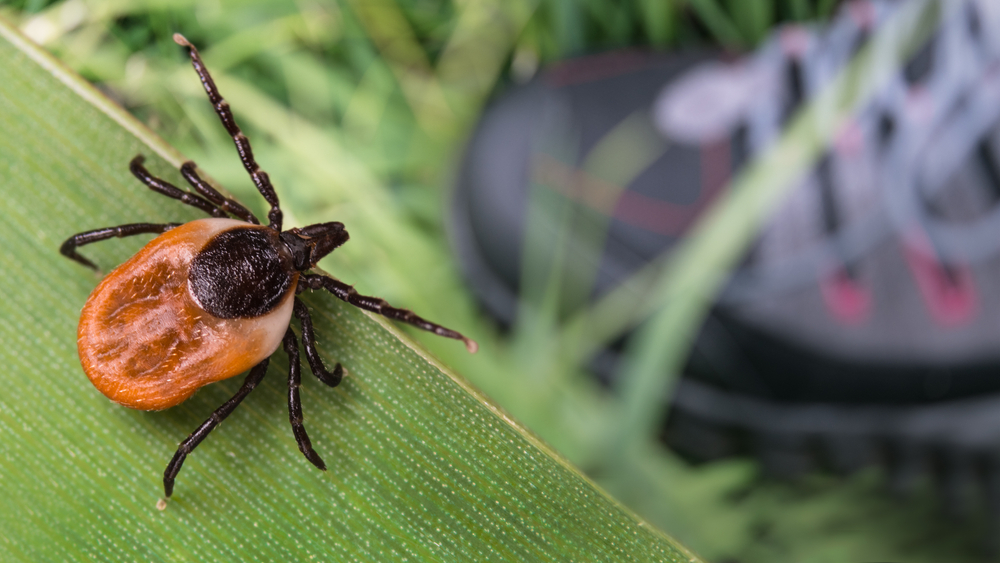
Ticks are arachnids with a nasty reputation for spreading diseases like Lyme disease, Rocky Mountain spotted fever, and anaplasmosis. Some ticks also transmit babesiosis, a malaria-like infection. These tiny hitchhikers latch onto humans and animals, making them deceptively dangerous carriers.
5. Dogs: Beloved Pets With a Dark Side

While dogs are man’s best friend, unvaccinated dogs remain the primary source of rabies in humans worldwide. This preventable but deadly disease underscores the importance of vaccinations—not just for your dog’s health, but for your own safety as well.
6. Cats: Furry Friends Carrying Feline Secrets

Cats are known carriers of Toxoplasma gondii, a parasite that causes toxoplasmosis. While this disease is mild for most, it poses serious risks for pregnant women and immunocompromised individuals. Even the most pampered indoor cat can pose a threat if exposed to the parasite.
7. Pigs: Silent Hosts of Deadly Viruses
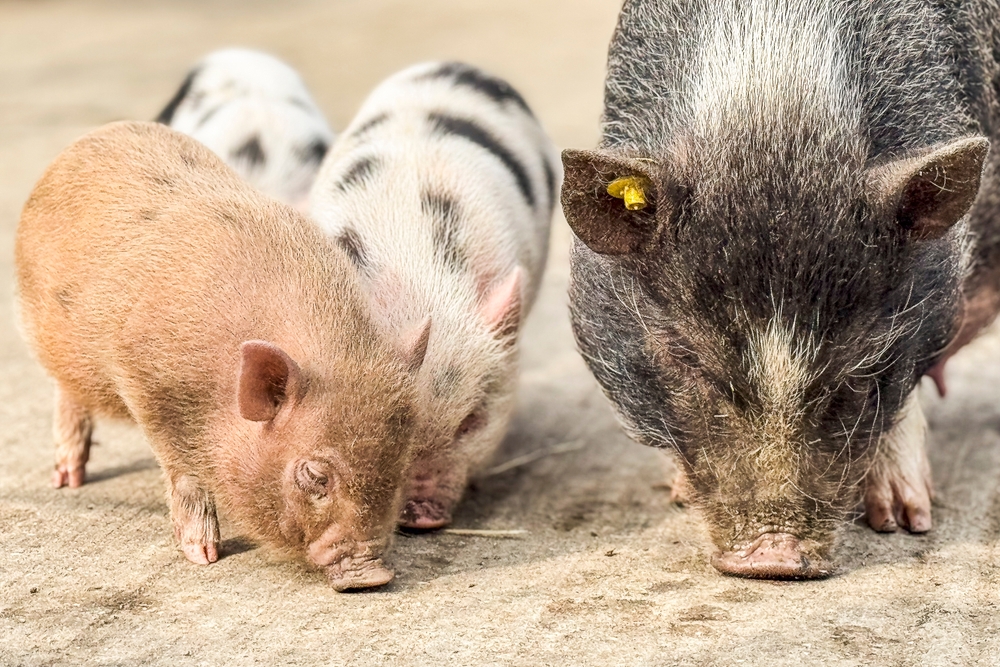
Pigs have been linked to several deadly zoonotic diseases, including swine flu and Nipah virus. Their close genetic similarity to humans makes them excellent hosts for pathogens that can jump species. Despite their role in agriculture, their potential as vectors cannot be ignored.
8. Birds: Avian Flu’s Feathered Friends
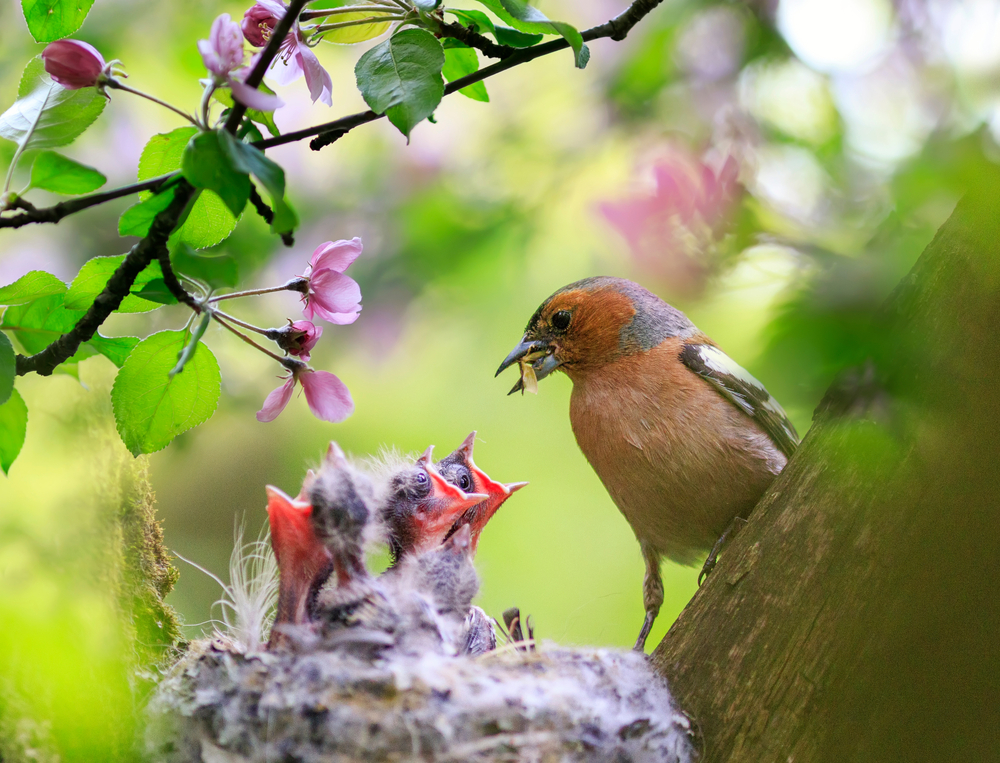
Birds, particularly waterfowl and poultry, are carriers of avian influenza. While most bird flu strains don’t affect humans, some have crossed the species barrier, causing severe illness and even death. Close contact with infected birds—or their droppings—can be a serious health risk.
9. Monkeys: Close Relatives, Dangerous Risks

Monkeys and other primates carry diseases like simian herpes B virus and yellow fever. Because they share so much genetic material with humans, they’re particularly effective at transmitting diseases that can devastate human populations. This is especially true in areas where humans and monkeys interact frequently.
10. Snails: Surprisingly Lethal Slow-Movers
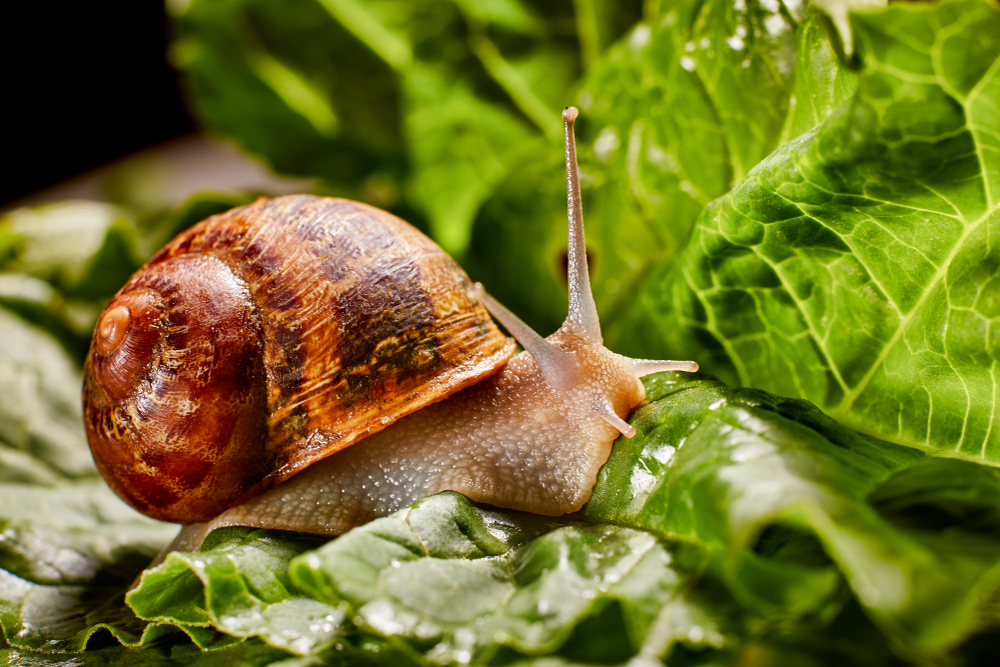
Freshwater snails might seem harmless, but they’re a major vector for schistosomiasis, a parasitic disease that affects millions worldwide. These snails release parasitic larvae into water, which can penetrate human skin and cause severe complications over time.
11. Deer: Carriers of Tick-Borne Lyme Disease
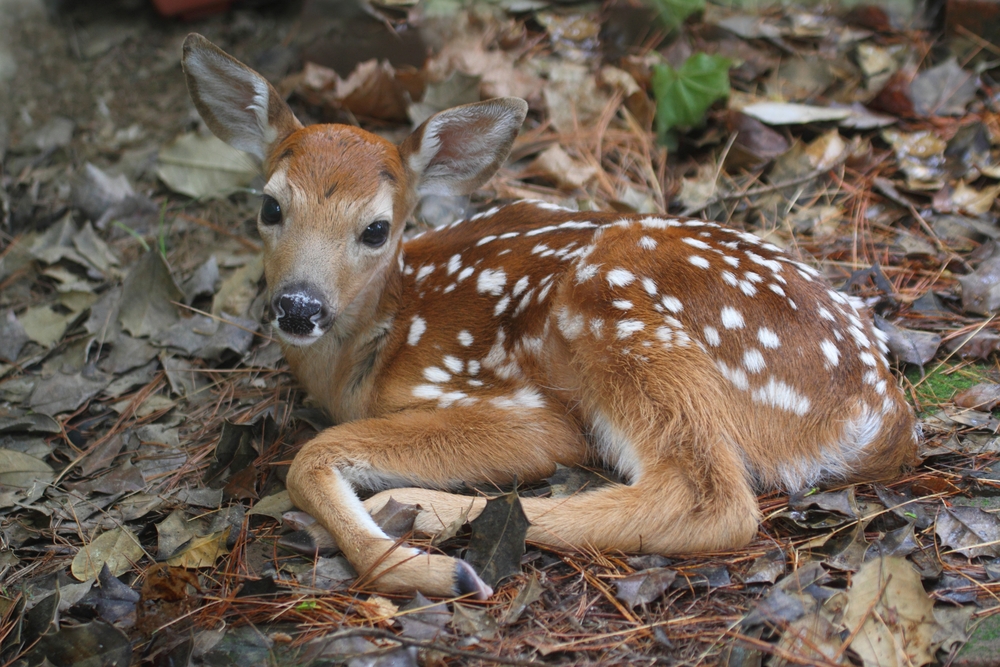
Deer don’t directly transmit diseases to humans, but they are hosts for black-legged ticks, the primary vectors of Lyme disease. As deer populations expand into suburban areas, the risk of tick-borne diseases increases dramatically, making these animals indirect but significant threats.
12. Camels: From Sand Dunes to MERS
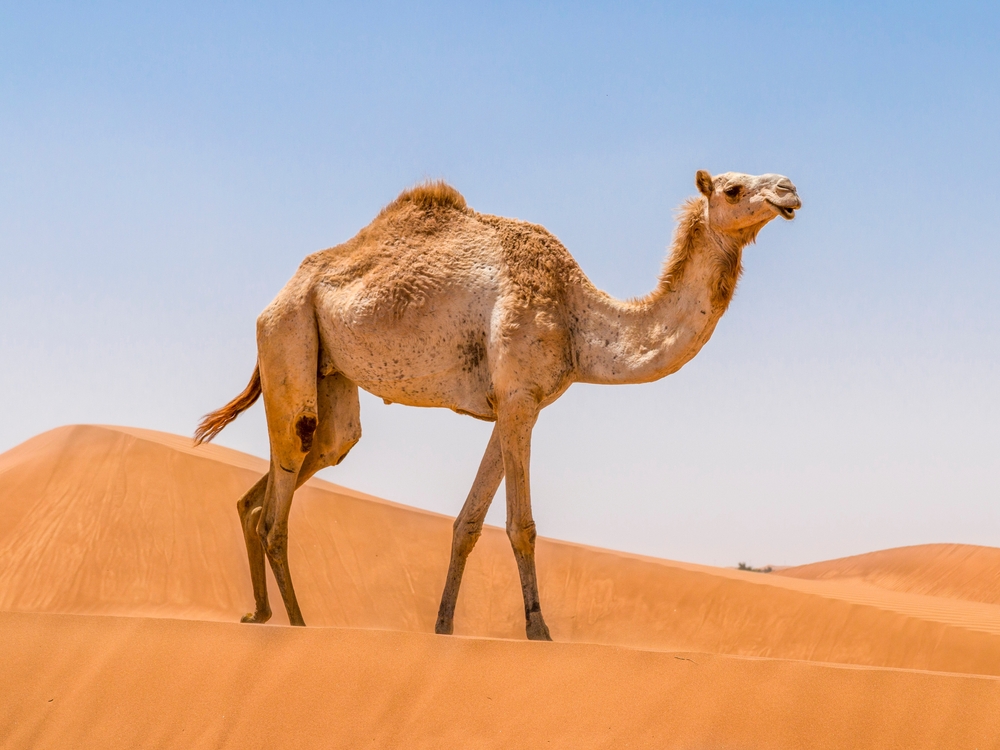
Camels are believed to be a primary source of the Middle East Respiratory Syndrome (MERS), a coronavirus that caused deadly human outbreaks. Though camels are a cornerstone of life in some regions, their role as reservoirs for this virus highlights the risks of close animal-human interaction.
13. Foxes: Rabies Risk in the Wild
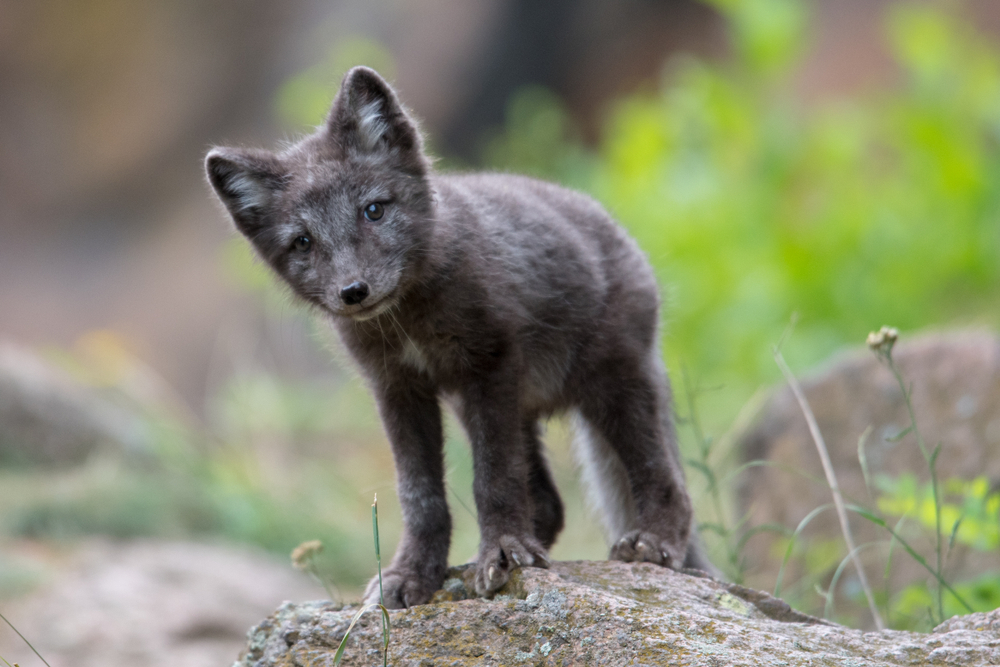
Foxes, like other wild canines, are known carriers of rabies. Infected foxes can spread the disease through bites or scratches, making them a serious risk in areas where rabies is endemic. Even their playful appearance shouldn’t lull you into underestimating their potential danger.
14. Mice: Microbial Menaces
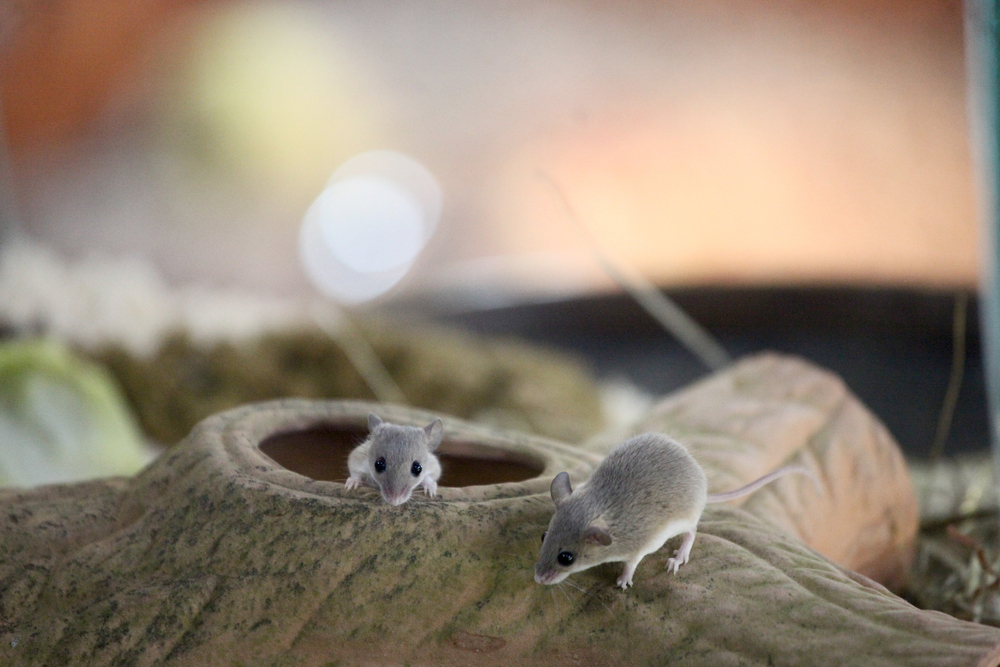
While rats get all the attention, mice are equally capable of spreading diseases. Hantavirus, lymphocytic choriomeningitis (LCM), and leptospirosis are just a few illnesses they can transmit. Their small size allows them to infiltrate homes easily, bringing disease straight into living spaces.
